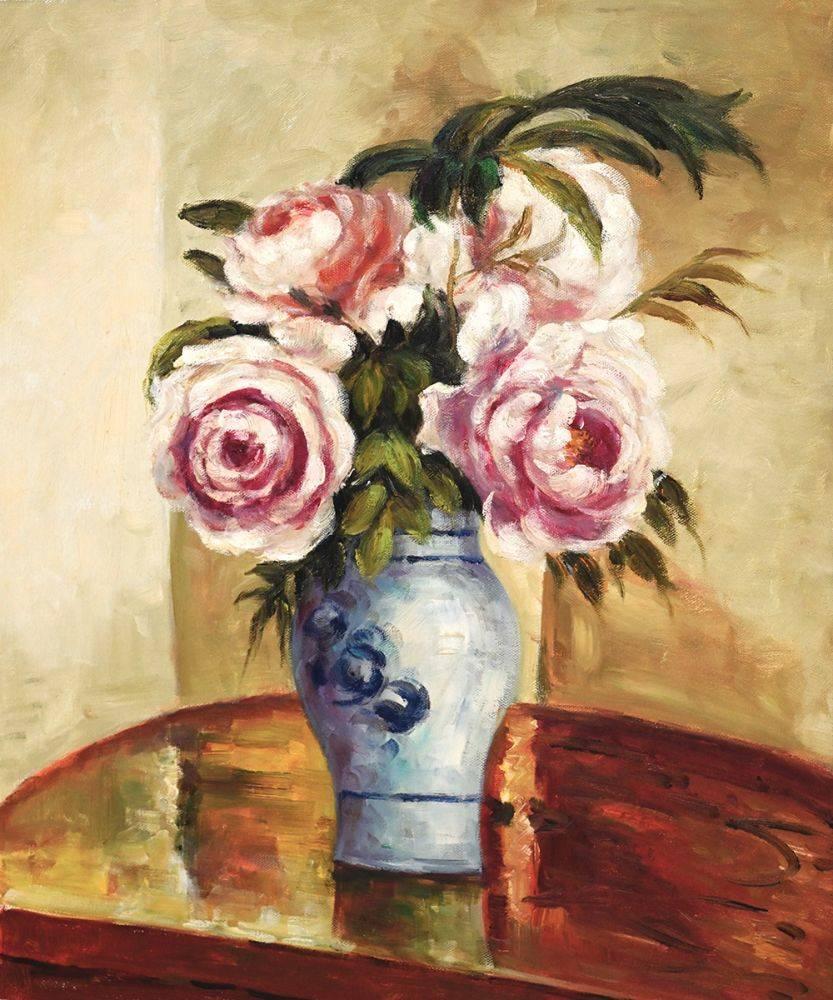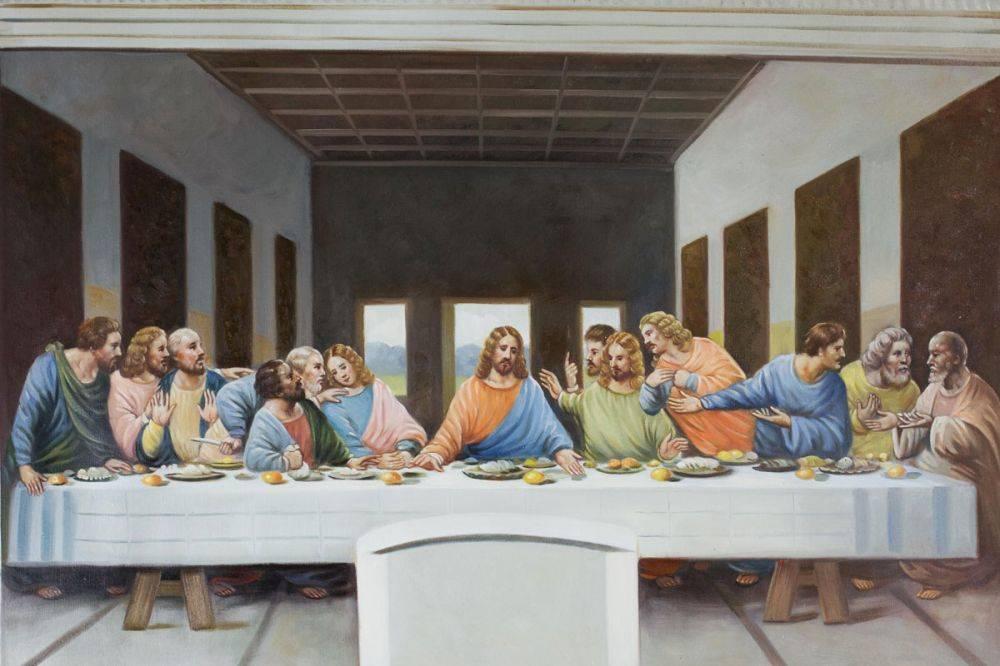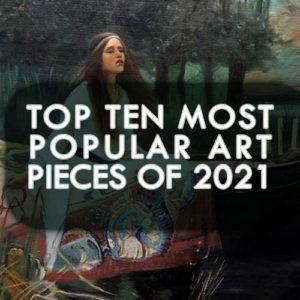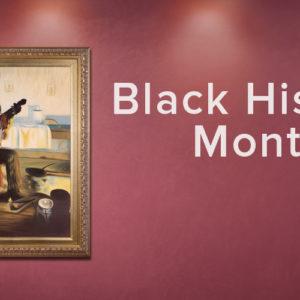Art & Decor Trends
Art Reflections
Spring Blossoms in Art: The Symbol of Life
As Earth awakens from Winter’s long slumber, she does it in gentle – yet spectacular – fashion.
Long associated with the cycle of life, birth/rebirth, and renewal/resurrection, the Vernal Equinox – Spring – signifies a time when light and darkness carry equal weight, creeping towards the Summer Solstice when the sun holds sway, extending the light of day.
In ancient times, the dawn goddess Eostre (from whom the words “East” and “Easter” are derived) symbolized new light. The Vernal Equinox was hers – the time of new light, a new day, a new beginning. In many cultures, this began their New Year.
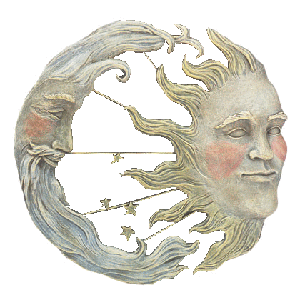 For the ancient Romans, who followed a lunar calendar, the year commenced in March. The Ides of March – beginning on March 15 – were sacred to many of the Roman gods and goddesses. Unfortunately for Caesar, the old accepted beginning of the New Year ended in death – his (but eerily symbolic of the old making way for the new). Ironically, it was Caesar who implemented calendar reform to begin the New Year in January.
For the ancient Romans, who followed a lunar calendar, the year commenced in March. The Ides of March – beginning on March 15 – were sacred to many of the Roman gods and goddesses. Unfortunately for Caesar, the old accepted beginning of the New Year ended in death – his (but eerily symbolic of the old making way for the new). Ironically, it was Caesar who implemented calendar reform to begin the New Year in January.
The Ides celebration also coincided with the Festival of Anna Perenna – a celebration in a Bacchanalian tradition with reversal of gender roles, followed by Kalends (the festival of Juno Lucina – a goddess of light and childbirth – and the source for the word “calendar”) which fell on the first day of Spring. War god Mars’ birthday also fell during Kalends, followed by other celebrations (some not so pleasant with plenty of bloodsports) as well as the festival of Liberalia, the Spring Festival for one of the original Roman gods (Liber) who represented fertility and wine.
The widely popular symbols of Spring: the deep purple crocus, brightly colored eggs, fuzzy chicks, rabbits, and the robin are accepted symbols of new beginnings, new life, fertility, and freedom – and firmly rooted in ancient traditions.
Blossoming branches of fruit and nut trees hold a special place in our ancestors’ collective unconscious. To them, the blossoms were sacred and held the Goddess’ promise of life and abundance. Ancient Romans revered the blossoming almond, showering newlyweds with the nuts as a fertility charm.
For our modern human psyche, the seemingly sudden bursts of color remind us of an eternal cycle of fresh starts, a recurring miracle. One day cocooned buds add diminutive points of color to dark branches. Overnight, the buds unfold into tiny blossoms, multi-petaled gems. Life begins anew, offering the promise of sustenance as the year ripens.
No artist demonstrates the magic of blossoms more than Vincent van Gogh, with his delicately beautiful Branches of an Almond Tree in Bloom.
With this piece, van Gogh pays homage to the Japanese aesthetic, a reminder of the cherry blossom, with the fragile flowers dotted upon entwined limbs, laced against a turquoise blue sky.
Van Gogh, though a tortured soul, was able to allow the freshness and beauty of new life to influence his work – he painted Branches of an Almond Tree in Bloom to celebrate the birth of his brother’s son.
Why van Gogh choose blossoming almond tree branches is most likely not an accident. Highly revered in many cultures, the almond symbolizes watchfulness and promise of new life, as this tree is the first to burst into bloom in many countries. For the Jews, the almond branch was the model for the menorah, and for the Christians, it is a symbol of Jesus’ virgin birth. The almond blossom is also a symbol of bravery and courage, purity, hope, and love. From Greek mythology, the almond blossom is a symbol of eternal true love, unconquerable by death.
 For all accounts, the almond blossom is a sacred symbol, much like the apple blossom. With a host of lore and symbolism behind the apple, it’s no wonder that Gustav Klimt painted a resplendent Apple Tree, bursting with fruit and blooms above a floral carpet bejeweled with scores of multi-colored flowers (perhaps poppies, a flower also symbolizing beauty, magic, fertility, and eternal life).
For all accounts, the almond blossom is a sacred symbol, much like the apple blossom. With a host of lore and symbolism behind the apple, it’s no wonder that Gustav Klimt painted a resplendent Apple Tree, bursting with fruit and blooms above a floral carpet bejeweled with scores of multi-colored flowers (perhaps poppies, a flower also symbolizing beauty, magic, fertility, and eternal life).
The apple is considered a sacred fruit, magical, and a symbol of immortality, life, love, youth, beauty, and happiness. In the Bible, it’s stated that it’s the fruit of wisdom. In Greek mythology, the Golden Apple of Discord incites a jealous feud amongst the Greek goddesses Athena, Hera, and Aphrodite. The Celts revered it as a symbol of love, peace, sensuality, and fertility – and would decorate their bedrooms with the blossoms.
With the blossoms of Spring, the promise of life renewed is offered once again.
What are your favorite signs of Spring?


